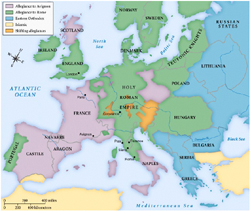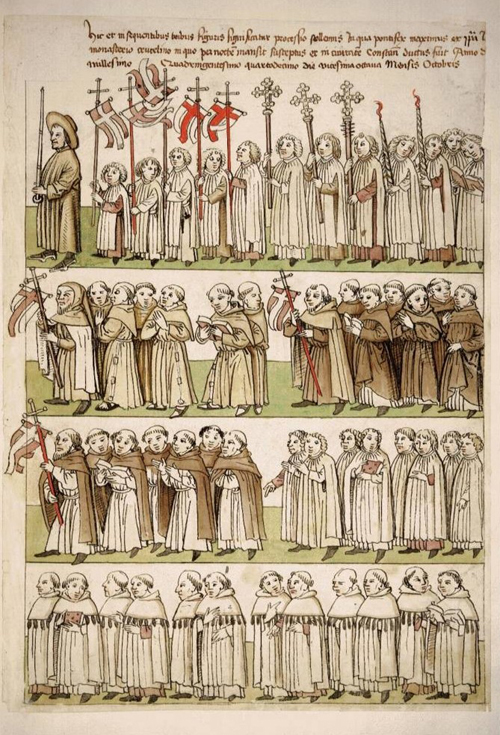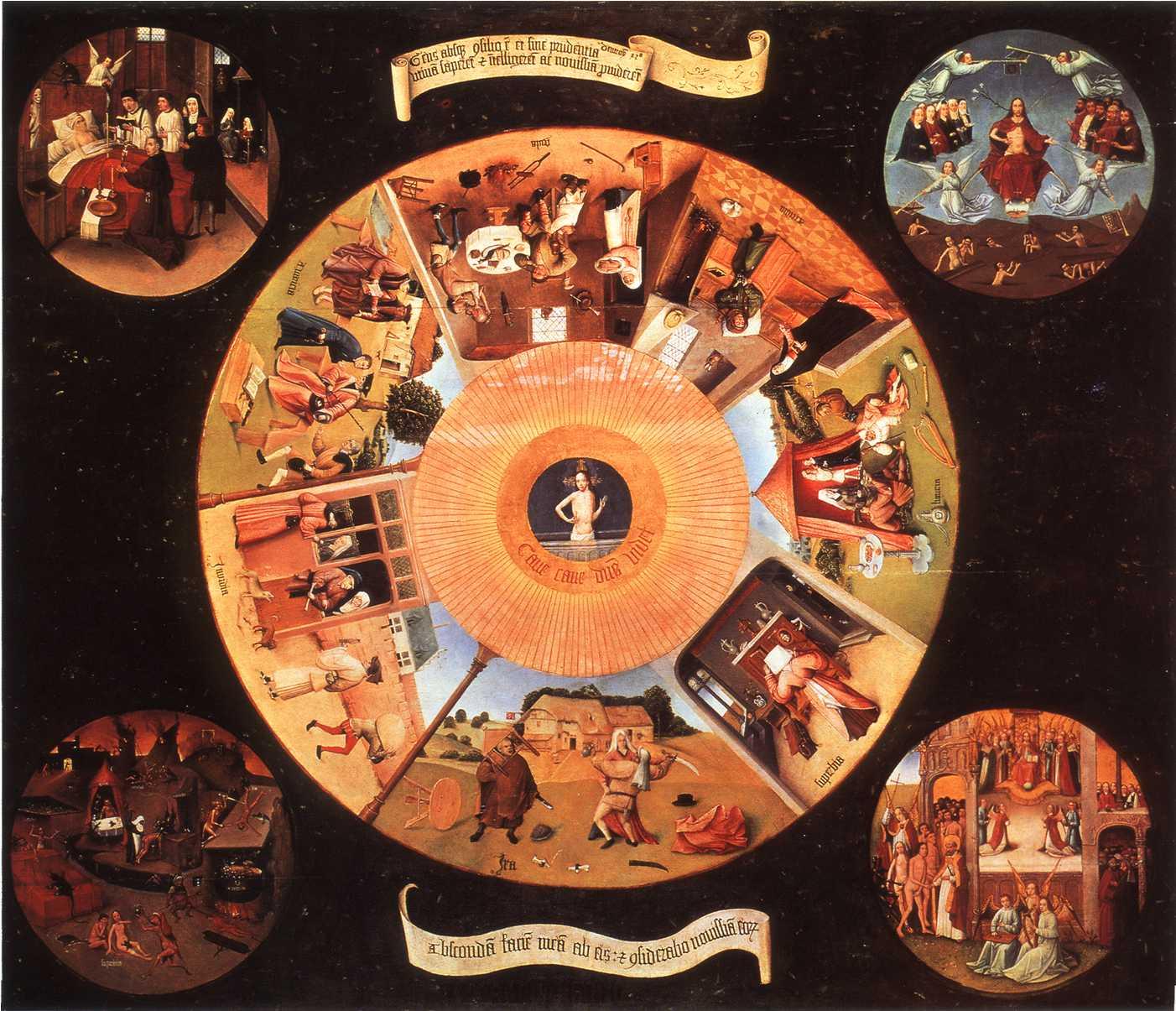The Tenor of Late Medieval Christianity
Textbook Readings: Lindberg, 2. For reference, also consult the Primer: Reforming the Holy Roman
Empire;
and the Primer: The Institutional
Structure of the Holy Roman Empire
Read and prepare for discussion in class:
- Tuesday: Anon., Reformatio Sigismundi (c. 1438) (Canvas)
- Thursday: Eamon Duffy “The Mass” (Canvas)
I. Religion & Reform in Fifteenth-Century Europe
A. A Priest of One's Own: Communal Endowments in Fifteenth-Century Europe
B. Embracing Christianity
1) Mass Pilgrimage
2) Parochial Appointment
C. The “Spiritual Economy”
Image: St. Leonhard im Pitztal
Map: The pilgrimages of Margery Kempe
Image: The ostensio reliquarum in Aachen
Image: Einsiedeln Monastery (c. 1650)
Artifact: Pilgrim Badge, Aachen, 14th C.
Artifact: Pilgrim Badge, Canterbury 14th C.
Artifact: Pilgrim Badge, Cologne, 14th C.
Image: André Haller (c. 1470-1530), St. Rochus (1513)
Map: Margery Kempe's Last Voyage (1433)
II. Discussion: The Reformatio Sigismundi (c. 1438)
Map: Central Europe in 1400
Map: Central Europe in 1547
Map: Imperial Cities
Map: Ecclesiastical States in the Holy Roman Empire, c. 1500
III. Body Politics: Reforming the Church
A. Reforming Bishops
B. Observantine Orders
C. Reforming Institutions: The Great Western Schism and the Conciliar Movement
Image: Johann Geiler von Kaysersberg (1445-1510)
Image: The "Council Building" in Constance (Konstanz)
Image: Pope John XXIII at the Council of Constance (Richental Chronicle)
Image: A Session of the Council of Constance (Richental Chronicle)
Image: The Consecration of Martin V (1417)
IV. A Crisis of “Secondary Responsibilities”?
1. Church Incomes—Spiritual and
Temporal
2. Structural Contradictions
3. The Abuse of Priestly Status

Map: The Great Schism (1378-1417/1437). Image
right: A procession of clergymen attending the Council of Constance
(1414-1417), from the Chronicle of the Council of Constance by
Ulrich
von
Riechental
(UNESCO).


